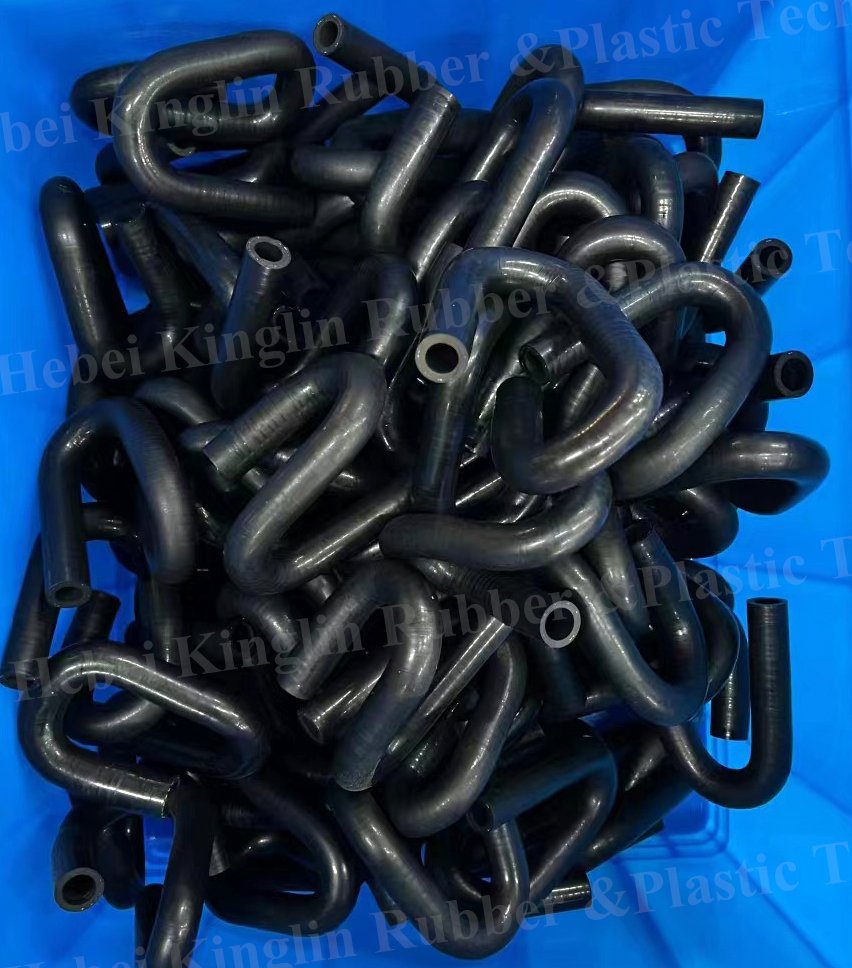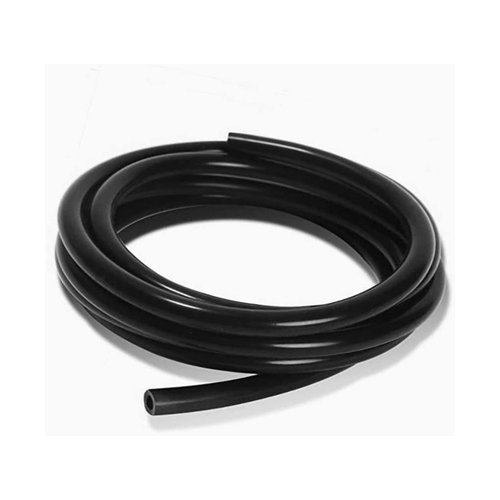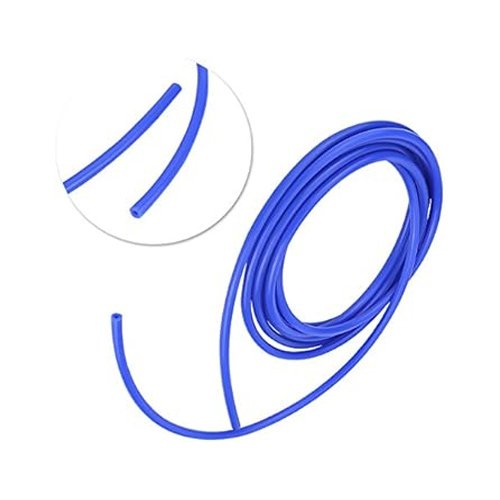Fuel lines are the arteries of your vehicle’s engine, supplying the lifeblood that keeps it running. Automotive fuel hoses must safely contain highly flammable gasoline under pressure for thousands of miles. Choosing the right type of fuel hose is critical for performance and safety. In this article, we’ll examine fuel hose design, codes, proper installation techniques. And how to know when it’s time to replace aging fuel lines.
Fuel Hose Construction
Automotive fuel hose consists of:
- Inner tube – Flow channel typically made of fluoropolymers resistant to gasoline and additives.
- Reinforcement – One or more fibrous braided layers that resist pressure and prevent hose kinking.
- Cover – Protective jacket resistant to abrasion, ozone, chemicals, and UV rays.
- End fittings – Molded attachments crimped to the hose allowing secure connections.
High quality fuel hose should have labels indicating compliance with standards like SAE J30R9 for performance criteria. Materials must be compatible with ethanol gasoline blends.
Fuel Hose Code Requirements
Stringent regulations govern fuel hose construction due to flammability and environmental risks from leaks:
- SAE J2260 – Specifies minimum performance criteria including burst strength, pressure ratings, and testing protocols.
- EPA – Sets permeation limits for evaporative emissions through the hose.
- Coast Guard – Defines minimum thickness and electrical conductivity requirements.
Proper physical properties and chemical resistance are verified through laboratory testing to gain certification. Using substandard non-approved hose can be illegal and extremely hazardous.
Benefits of Properly Selected Fuel Hose
The right fuel hoses provide:
- Fire resistance – Materials won’t ignite or propagate flame.
- Crash durability – High strength to withstand collision impacts without rupturing.
- Corrosion resistance – Compatible with 12%-15% ethanol-gasoline blends.
- Permeation resistance – Barriers minimize evaporative emissions that pollute air.
- Abrasion resistance – Tough outer cover prevents scuffing and leaks.
- Flexibility – Easy routing without kinking.
- Security – Leak-proof, tamper-resistant connections.
Signs to Replace Fuel Line
Watch for these warning signs of deteriorating fuel hose requiring replacement:
- Hardening or flaking outer cover.
- Visible cracks, pinholes, cuts, or bulges indicating inner tube leak.
- Corrosion on end fittings.
- Cover chafing exposing reinforcement.
- Seeping or damp spots indicating leaks.
- Lack of markings for compliance with SAE/EPA standards.
Proper Fuel Hose Installation
Follow these guidelines when installing or replacing fuel hoses:
- Select hoses certified for automotive fuel line use.
- Ensure a smooth routing without sharp bends or kinking.
- Anchor securely to prevent chafing or vibration damage.
- Connect to proper end fittings and secure clamps tightly.
- Seal connections with silicone sealant if needed to prevent leaks.
- Check for leaks and monitor condition regularly as preventive maintenance.




